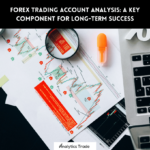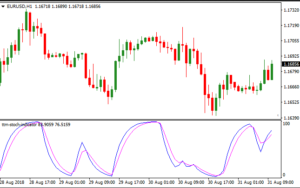What is Fundamental Analysis?
Fundamental analysis is a method of analyzing financial markets by looking at economic, social, and political forces that may affect the supply and demand of an asset. It is used to evaluate the strength or weakness of a currency in order to make trading decisions. Fundamental analysis is often used by long-term investors, but it can also be used by short-term traders to gain an edge in the markets.
How to Use Fundamental Analysis in Currency Trading
Fundamental analysis can be used to identify potential trading opportunities in the currency markets. By analyzing the economic, social, and political forces that affect the supply and demand of a currency, traders can gain insight into the direction of the market and make informed trading decisions.
1. Analyze Economic Data
The first step in using fundamental analysis to trade currencies is to analyze economic data. This includes looking at economic indicators such as GDP, inflation, unemployment, and interest rates. By looking at these indicators, traders can gain insight into the strength or weakness of a currency and make trading decisions accordingly.
2. Monitor Political Events
Political events can also have a significant impact on the currency markets. By monitoring political events such as elections, referendums, and other major events, traders can gain insight into the direction of the market and make informed trading decisions.
3. Analyze Social Factors
Social factors such as consumer confidence, consumer spending, and public opinion can also have a significant impact on the currency markets. By analyzing these factors, traders can gain insight into the direction of the market and make informed trading decisions.
4. Monitor Central Bank Policies
Central banks play an important role in the currency markets. By monitoring the policies of central banks, traders can gain insight into the direction of the market and make informed trading decisions.
5. Analyze Technical Indicators
In addition to fundamental analysis, traders can also use technical indicators to gain insight into the direction of the market. Technical indicators such as moving averages, support and resistance levels, and trend lines can be used to identify potential trading opportunities in the currency markets.
Conclusion
Fundamental analysis is an important tool for currency traders. By analyzing the economic, social, and political forces that affect the supply and demand of a currency, traders can gain insight into the direction of the market and make informed trading decisions. By combining fundamental analysis with technical indicators, traders can gain an edge in the currency markets.










Comments